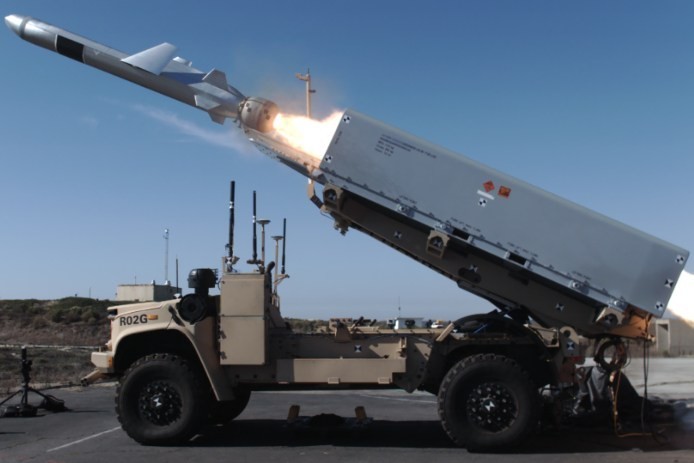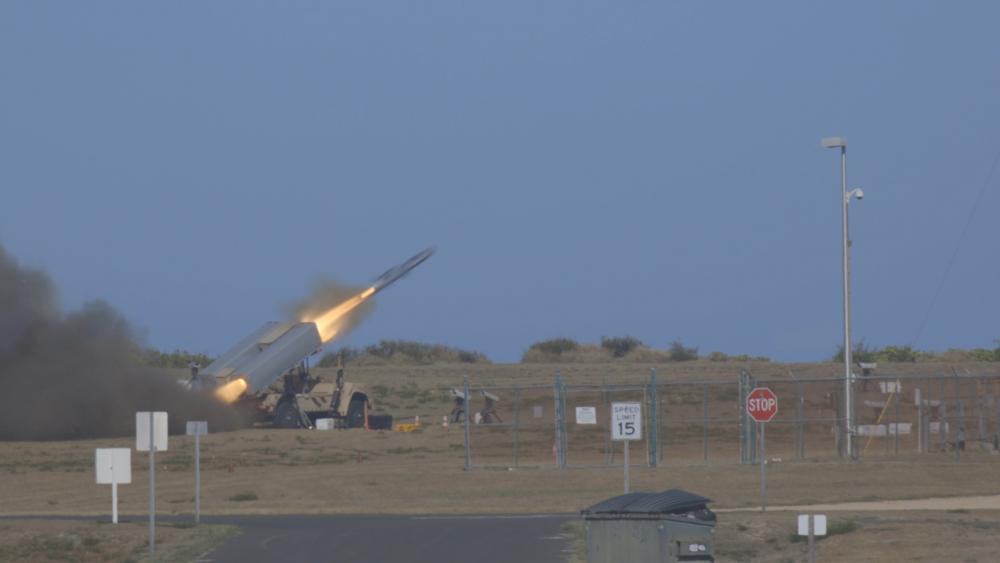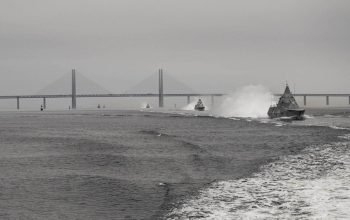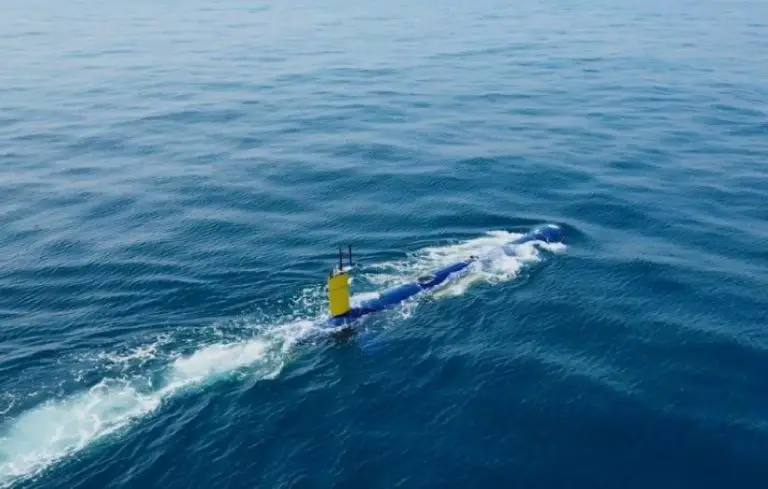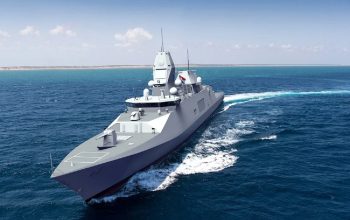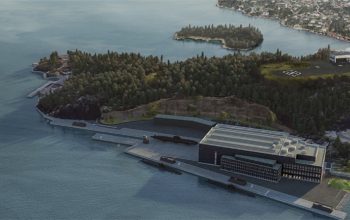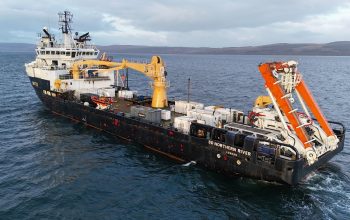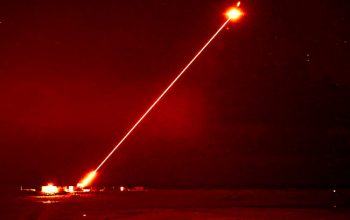Raytheon Missiles & Defense, Tucson, Arizona, is awarded a $21,164,178 firm-fixed-price, undefinitized contract for the production of the Navy/Marine Corps Expeditionary Ship Interdiction System (NMESIS) naval strike missile (NSM) launcher unit (NLU) and weapon control system (WCS) production representative models. NMESIS is a land-based missile launcher platform that provides the Fleet Marine Force with an anti-ship capability. NMESIS integrates a NLU, capable of launching two NSMs, onto a Remotely Operated Ground Unit for Expeditionary Fires carrier. The NLU is controlled by the WCS located externally in a command and control vehicle. Work will be performed in Kongsberg, Norway and Tucson, Arizona. Work is expected to be completed in April 2023. Marine Corps Systems Command, Quantico, Virginia, is the contracting activity.

The Marine Corps’ NMESIS will provide the Marine Littoral Regiment (MLR) with ground based anti-ship capability to facilitate sea denial and control while persisting within the enemy’s weapons engagement-zone. This scenario is representative of the real-world challenges and missions the U.S. Navy and Marine Corps will be facing together in the future. This exercise also provided an opportunity for us to work alongside our service partners to refine Force Design 2030 modernization concepts. NMESIS integrates established, proven sub-systems, such as the Joint Lightweight Tactical Vehicle Chassis, the Naval Strike Missile and the Fire Control System used by the Navy for NSM.The Marine Corps’ NMESIS also successfully deployed the system aboard the Marine Corps’ primary transport systems, the C130 and LCAC.
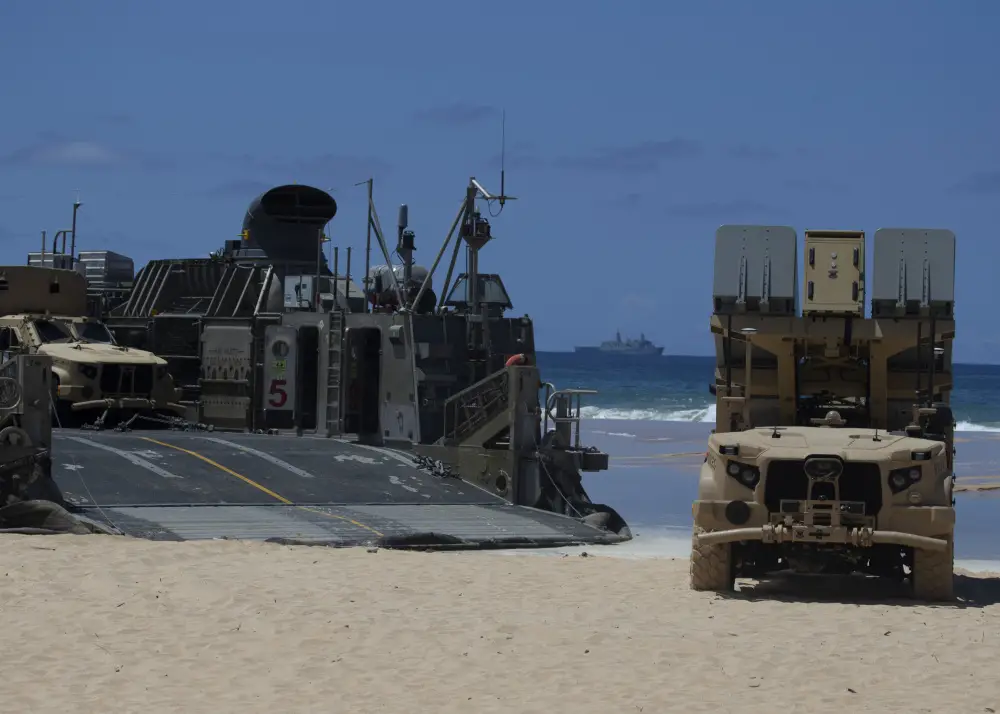
Though not associated with its program development, the NMESIS transportability and mobility demonstration serves an important role in developing tactics, techniques and procedures related to this critical capability. MCSC is developing and fielding new anti-surface warfare weapons capabilities, including NMESIS, on pace to support Force Design 2030 objectives. These new capabilities contribute to the Fleet’s ability to achieve sea control, sea denial and defense against adversary amphibious force missions. During Large Scale Exercise 21 Aug. 15, 2021, a Naval Strike Missile streaks out to sea before striking a naval target ship aboard Pacific Missile Range Facility Barking Sands, Hawaii. The missile flew more than 100 nautical miles before finding its mark.
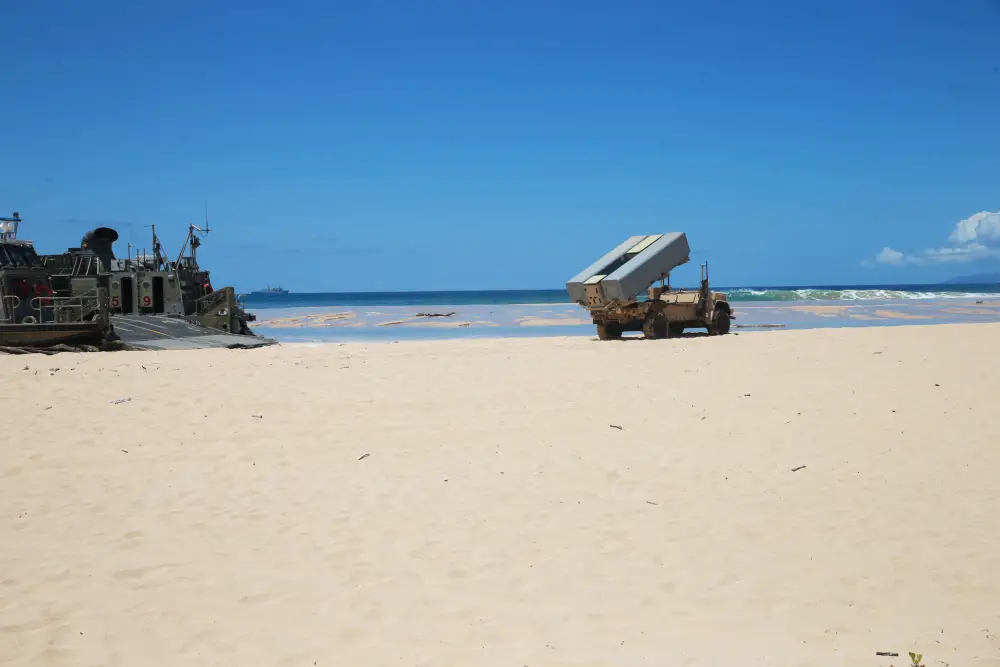
The Naval Strike Missile (NSM) is a multi-mission cruise missile that destroys heavily defended maritime and land targets. NMESIS combines a NSM launcher and a Remotely Operated Ground Unit for Expeditionary (ROGUE) Fires vehicle, produced by Oshkosh Defense. The Naval Strike Missile (NSM) is an anti-ship and land-attack missile developed by the Norwegian company Kongsberg Defence & Aerospace (KDA). The original Norwegian name was Nytt sjømålsmissil (literally New sea target missile, indicating that it is the successor of the Penguin missile). The English marketing name Naval Strike Missile was adopted later. The companies have teamed to produce the NSM in the United States for the U.S. military and international partners. The missile has already entered service in the U.S., the Norwegian Navy, and the Polish Navy’s coastal defense squadrons.
